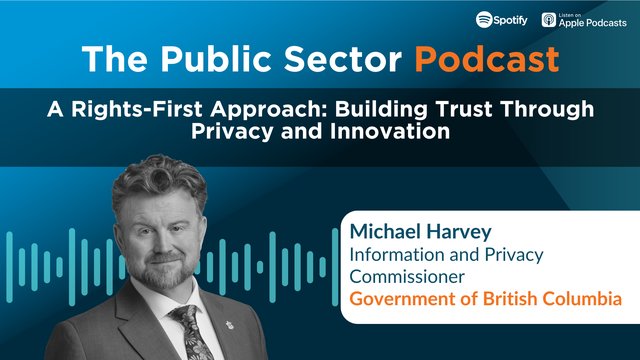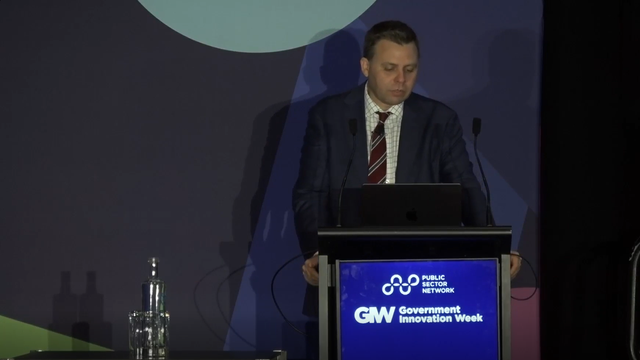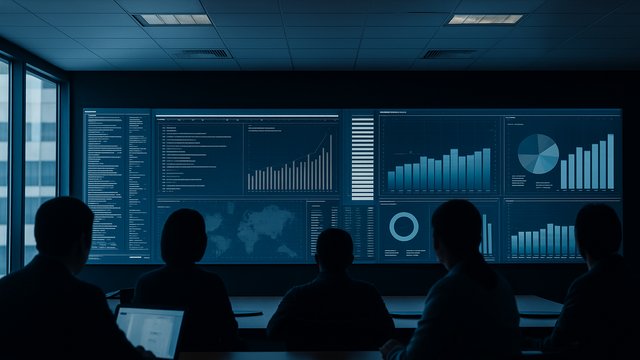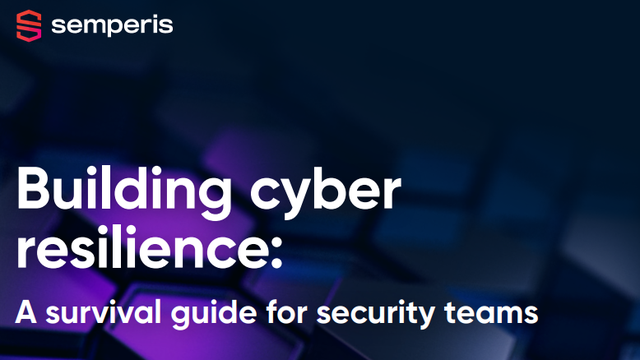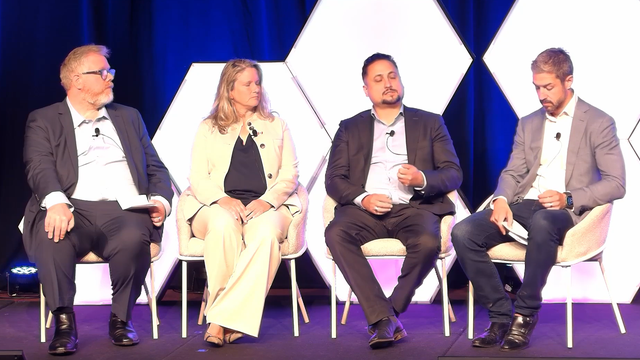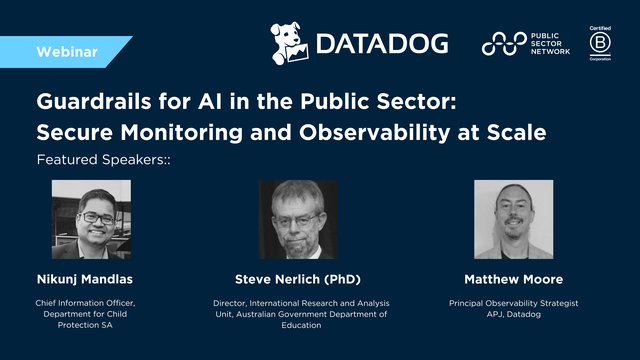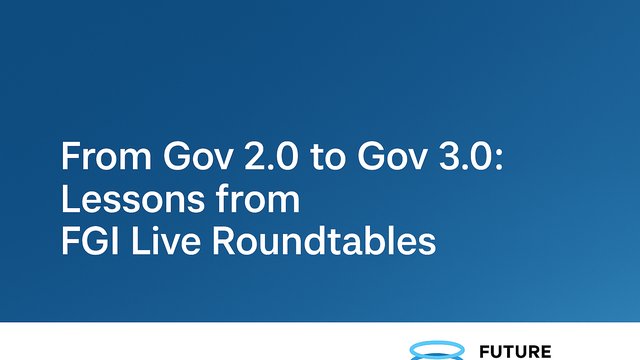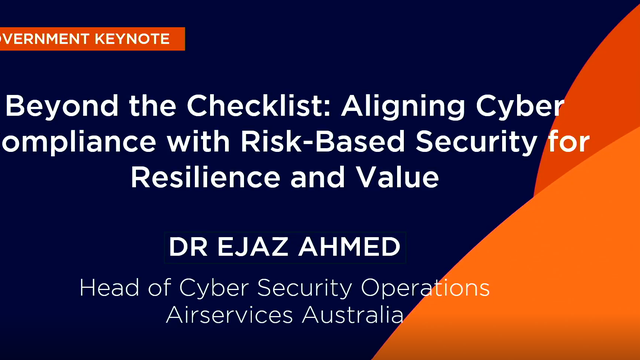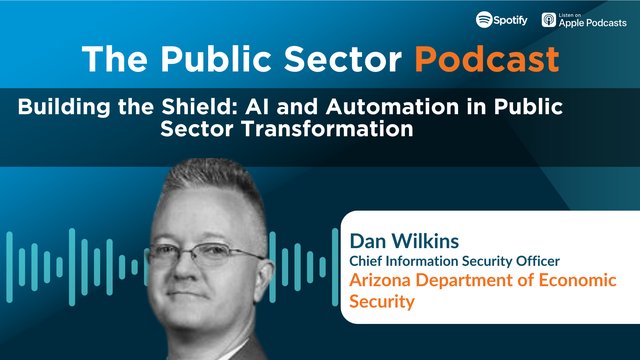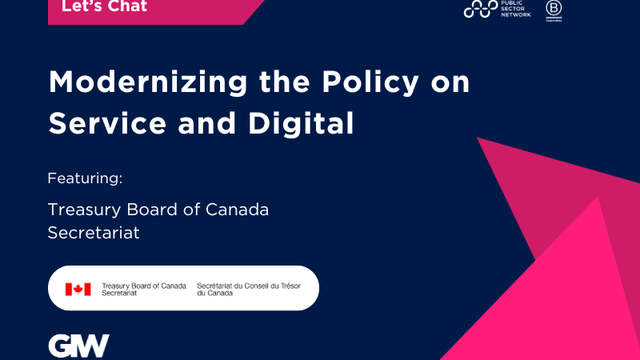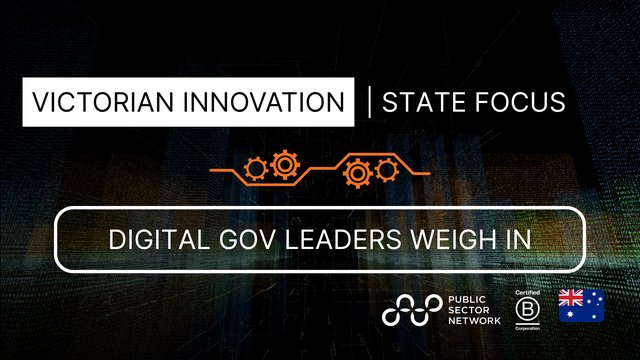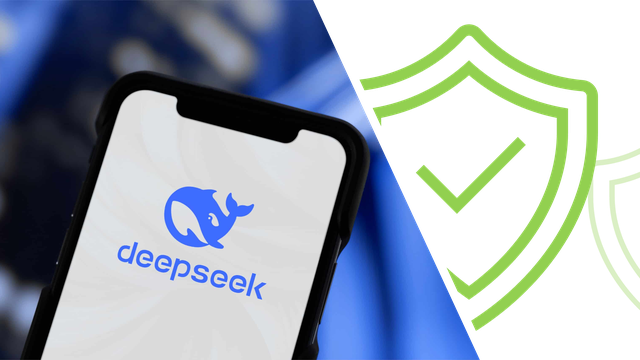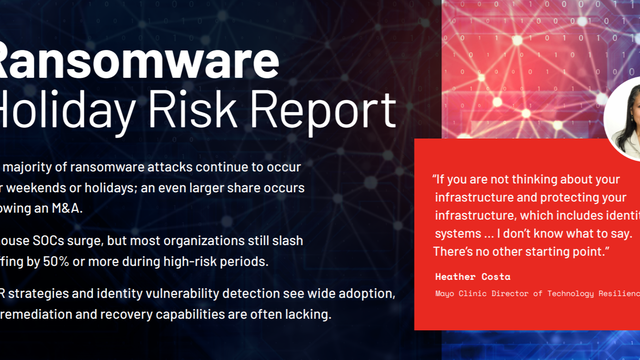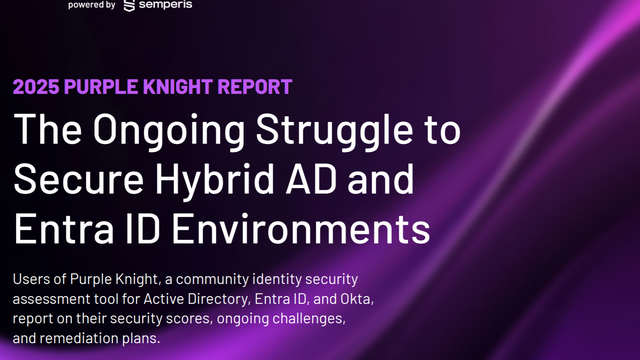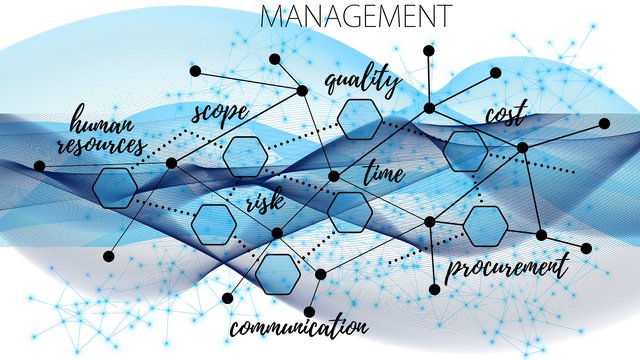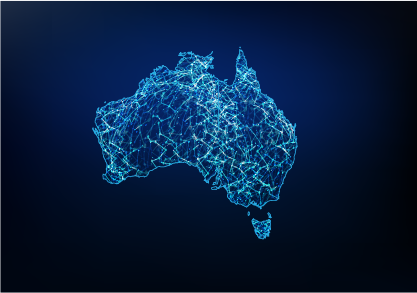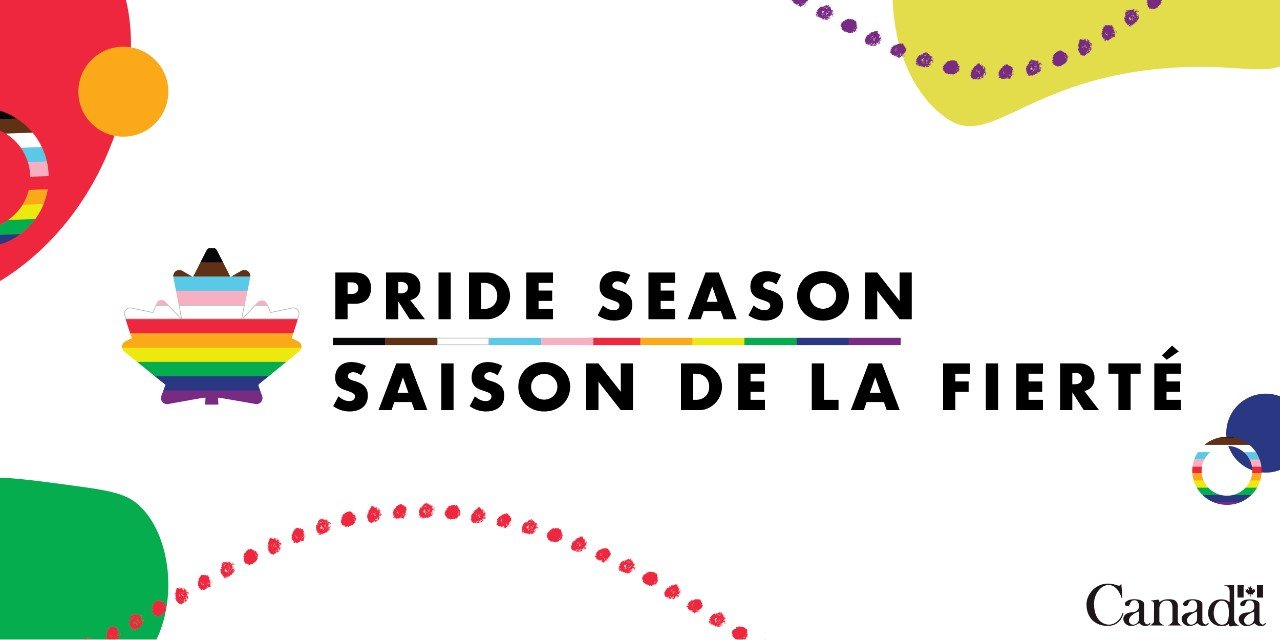
Pride in the Public Sector: A Deep Dive with Two Canadian Trailblazers
Pride Month is here! For the third year in a row, we're elated to have the chance to interview not one, but two inspiring voices: Nadia Munro, a Senior Policy Analyst at Employment and Social Development Canada (ESDC) and ambassador for the Public Service Pride Network (PSPN), and Captain Michelle Backhouse, a Deputy Operations Flight Commander in the Canadian Armed Forces. Both share their personal reflections on Pride, the challenges still faced by LGBTQ2+ public servants, and how leaders can foster true inclusion—not just in June, but year-round.
Their stories remind us that Pride is rooted in protest, resilience, and the unwavering belief that everyone deserves to live—and work—as their authentic selves.
Nadia Munro
(She / Her / Elle)
Senior Policy Analyst, Employment and Social Development Canada (ESDC) & Ambassador at PSPN
What role do public sector organizations play in advancing LGBTQ2+ rights and equity in Canada?
Public sector organizations have the very unique position of being “public”. They are often scrutinized in a different way, they set precedents (whether this is intentional or not), and they are designed to be a reflection of the Canadian people. I think in that statement, we owe it to all Canadians to commit to positive change and to lead by example. LGBTQ2+ folks should not have to barter for “rights and equity” in Canada. As public servants, particularly on the policy side, we need to generate policy based on good, solid and complete data. To compile complete and unbiased data takes a lot of work and partnership and building relationships. Change is not necessarily linear but ultimately, we have to go in the right direction. To make real change for the 2SLGBTQIA+ communities, we need to start with open and honest conversations rooted in genuine empathy and a desire to make things better. As members of the public sector, this is especially true and vital. If the broader society sees those changes as highly visible and public, I think it provides more incentive and more implied support for those changes across other sectors. I think we also have a responsibility to do just that – to lead by example, to set high standards and to demonstrate our unwavering commitment to human rights and gender-based equality!
How do you foster an inclusive environment for transgender and non-binary employees?
Lead with actions, not with intentions. Leaders and “allies” can’t just talk about creating or fostering a safe or inclusive environment – they must be true allies which means leading by example. Allyship involves action. Otherwise, it’s just good intention, or worse yet, just words. Number one thing: meet with and listen to actual trans and gender diverse employees. Listen to their stories (disclaimer: even in 2025 they are harrowing), hear the concerns and collective challenges, create forums for true conversation, try to understand lived experiences that differ from your own, make a commitment to not only endorse change, but to see it through. Make it a priority and make it real.
"Leaders and ‘allies’ can’t just talk about creating or fostering a safe or inclusive environment – they must be true allies which means leading by example. Allyship involves action. Otherwise, it’s just good intention, or worse yet, just words."
I have been to far too many “round tables” or “panel discussions” or even events claiming to be “safe spaces” to share stories and lived experience that were in fact just mere checkbox exercises so that the “consulted with the Pride Network” box could be checked off the project plan. I don’t think I can swear in this interview which makes my communication slightly less organic, but I’m doing my best here.
To make the right kind of change, you need to start by gaining a true understanding of what the problems are – what needs to change and why? Until you’re prepared to have those uncomfortable discussions and (*more importantly) to commit to real change, you’re just going through the motions, and I have no respect for that brand of leadership. Here’s the irony: a safe and inclusive environment benefits everyone. We are all safer when marginalized groups can work to their full potential. We are also (and this is well documented) going to produce better work and better outcomes when the full diversity of Canada is reflected.
What challenges do LGBTQ2+ public servants still face, and how can they be addressed?
The number one challenge (in my opinion) that the 2SLGBTQIA+ folks in the public service face is lack of visibility. This is coupled very directly with the community not being a part of the Employment Equity Act (EEA). Here’s the thing: WE ARE EVERYWHERE. If you look even at the 2021 GoC Census, you can see the stats for yourself. The number of folks identifying as part of the 2SLGBTQIA+ is growing, and generationally, the numbers are increasing. This isn’t a coincidence. It’s because the world is perceived as being a safer place to be authentically ourselves. I always like to picture the bar chart showing how many people self-identified as being left-handed as soon as people were not beaten for writing with their left hands. Probably not a coincidence. Same goes for gender identity and sexual orientation. The challenge right now is to see the community for what it is: a significant and viable and important part of our current and future workforce.
It's such a tricky dynamic because without data, we seem marginal or insignificant. But without EEA protections that allow for safe, standardized and ethical data collection and reporting, we can’t collect the data to substantiate our existence. Vicious cycle.
Ultimately, we need representation, we need visibility, and we need to be included, formally, in the EEA.
What more can Canadian public sector leaders do to advance LGBTQ2+ inclusion beyond Pride Month?
This question sort of drives me crazy because it’s 2025 but here we are. The concept of “Pride month” is to be highly visible, to host events to generate awareness and to promote advocacy and (ideally) also change. To me, those things should have no boundaries and not be time-boxed into a single month. I don’t get to choose to live day-to-day not being who I am. If being married to a woman makes me a walking political statement, then I accept that challenge and gladly accept the responsibility that comes with it. If your existence does not seem or feel political, I would argue that’s privilege. It means you’ve never had to defend who you are, just to exist. Some people feel less “safe” than I do, and I know that’s because of my own privilege. I also need to lend my voice to those whose safety is not as inherent as my own – particularly my trans and non-binary/gender-diverse friends and colleagues.
Leaders need to understand that one of the significant barriers that we face is visibility and representation in public spaces. It’s important to not think of Pride or 2SLGBTQIA+ rights as just a monthly thing we check off a list of chores. Safety and a truly inclusive workplace need to be a priority every single day. If it’s not, you need to reconsider the reasons you’re a “leader” in the public service. We are here to represent Canadians. That means providing a true and accurate reflection of the diversity that is all Canadians. The 2SLGBTQIA+ community is a diverse and integral part of that cultural fabric.
How do you maintain energy or optimism given the terrible headwinds we seem to be facing?
I am not sure I always do, truthfully. I admit it’s been a challenging few years. At times, it’s really been hard not to sink into it, not to feel hopeless, not to feel such anger toward the hateful rhetoric and backsliding of such fundamental human rights and dignity.
I think, for me personally, my resilience comes in the form of action. Like, what can I actually do now to bring about some meaningful change, or to actively resist or advocate or rattle some bars…whatever it is, I just need to do it. For me, advocacy and allyship go hand in hand, and as a person with some degree of privilege (I am cisgender, I have white skin, I have no visible disabilities), I need to use whatever platform and privilege I have to the best of my ability.
While I am doing what I can, in my own community and to use my voice, I feel like we still have hope. I’m one person, but the more we get out there and do what we can individually, the more we see there are others just like us, who can’t sit still and who can’t abide by the status quo. I think as cliché as it may sound, there is strength in numbers and there is a sense of optimism inherent in seeing those numbers grow around us. I think it’s why for me; community and chosen family are so incredibly important.
What does Pride mean to you personally, and how has your experience as an LGBTQ2+ individual (or ally) shaped your work in the public sector?
To me, Pride continues to mean:
A PROTEST – like a visible, tangible, shake the bars, take up space kinda thing. Being visible and authentic and happy and thriving are political game-changers without even needing to throw another brick. Until we are all safe, none of us can really feel safe. So, with that in mind, I love the idea of continuing to strive for real change and to continue (through protest and visibility and representation), to move the collective needle of society ahead. So many people still do not feel safe to even “come out”. We, in Canada, are so much farther ahead but we are not there yet. This is a chance for real solidarity and that also comes with taking up space and being highly visible in that collective act of protest.
For me, Pride has also always been about taking up space and publicly marching because I can and I know that so many other people across the globe cannot. If you’ve not recently consulted the Human Dignity Trust, I highly recommend you take a look. So many countries continue to criminalize both sexual and gender diversity and people in these countries do not have the freedom to live authentically, let alone to march visibly. I know that until they can, my work is not done. So, I march because so many still cannot.
I am not sure how to answer the second part of the question, other than to say I am not sure that my experience as a queer person really shapes my work in the public sector. It certainly shapes who I am and the type of causes I fight for. I think it has also made me really want to always step in where I can, to defend the minority, to use my voice to support those whose voice may be suppressed. But truly, I think I live that in every part of my life, and in any job, it just happens to currently be in the public sector!
If anything, it makes me more frustrated when I see parts of the public sector falling behind or lagging. Oftentimes, public servants see themselves as “leaders” in areas of human rights or equality. I would argue this is not entirely true. There are people fighting hard to make it so, and I want to always feel a sense of pride as a Canadian, but I know that we can do better for our own employees, and it’s something that drives me every single day.
"To me, Pride continues to mean: A PROTEST – like a visible, tangible, shake the bars, take up space kinda thing. Being visible and authentic and happy and thriving are political game-changers without even needing to throw another brick."
 Capt Michelle Backhouse
Capt Michelle Backhouse
(She / Her / Elle)
Deputy Operations Flight Commander, Canadian Armed Forces
Disclaimer: The following comments are my own responses to the questions and are based upon personal experiences. They do not directly reflect the policies of the Canadian Armed Forces. I am also not a spokesperson for the CAF or the Positive Space Program.
What policies or initiatives has your department/agency implemented to support LGBTQ2+ employees?
Initially in 2012, a grassroots group at CFB Halifax identified a need for greater support of 2SLGBTQI+ community members within the Canadian Armed Forces (CAF) and Defence Team (DT). A year later, the idea was endorsed by the Treasury Board of Canada Secretariat, and in 2017-2018, the initial delivery of the Positive Space Ambassador (PSA) Program for the CAF/DT was delivered. The program has gone through a couple of updates/changes with the most recent occurring in 2023.
While PSA programs have existed within other departments and amongst universities for some time, the CAF/DT program is focused more on the unique history, policies, and support mechanisms available through the CAF/DT.
The two-day PSA Program is designed to provide peer support to members of the 2SLGBTQI+ community and those outside the community, to share knowledge and spread awareness of the difficulties that can be encountered while being a member of the CAF/DT. While the program is not mandatory, those who have attended the training are more than willing to encourage others to attend. One does not have to assume the role of an ambassador but can simply attend to gain greater knowledge and insight and hopefully become a trusted ally to the community.
How do you foster an inclusive environment for transgender and non-binary employees?
We are all different. We all have our own lives to live. We all have our own goals in life. As a transgender woman, late in my military career (18 months remaining in my 5-year extension to age 65), I have heard too many stories of past harm, told by those who forged the path that I now have the privilege of following. I do not want those who follow me to have to encounter similar barriers or new ones that may be thrown in their way.
For that reason, I believe that visibility is the key to awareness and education. Prior to 2021, I would express my feminine self only at various events: PSA training, flag raisings, Pride events, as I described myself as being bigender. I have also appeared in numerous articles published in the local Base paper. Since then, with further insight into my own life, I now exclusively express as female at work or for work-related events. I know for a fact, this visibility—being able to be one’s authentic self (whatever that means to someone)—has impacted members of my own Wing and those across the country. I wear a transgender-coloured lanyard, the Defence Team Pride Advisory Organization patch, and I play on the base women’s hockey and soccer teams. I don’t hide who I am. I will continue to be as visible as possible until my final days. I’m available to anyone at any time who has any questions. Authenticity is power.
"I don’t hide who I am. I will continue to be as visible as possible until my final days. Authenticity is power."
What challenges do LGBTQ2+ public servants still face, and how can they be addressed?
While the CAF/DT has programs, orders, and policies that support members' rights, not every member is fully aware of them. There are members of the community who are unaware of these rights or the processes available to them to assist in their own journey, or even who to turn to. Where to start? Even some senior members aren’t fully conversant with and/or understand the directives and policies and have even applied their own interpretation to those orders, causing difficulty for the member. Many times, the member has to educate the leadership. A continued educational effort needs buy-in at all levels, to grow and be adaptive to changing ways.
What more can Canadian public sector leaders do to advance LGBTQ2+ inclusion beyond Pride Month?
Again, visibility. But in this case, the visibility of leadership attending and supporting local events whether on base or in the surrounding communities. Leaders need to educate themselves beyond the annual requirements to read regulations and orders; they need to develop a broader understanding of the 2SLGBTQI+ members under their command. Speak up and take corrective action when rights have been violated.
Leaders need to be allies. Being an ally is not just a seasonal thing; it needs to be practiced all year round. Importantly, allyship applies to all marginalized peoples as there is much intersectionality between groups.
How do you maintain energy or optimism given the terrible headwinds we seem to be facing?
This is a question I have fielded a number of times recently.
One can get very overloaded and discouraged with all the negative news from around the world. While we can’t change what is going on, we can observe and learn the best possible courses of action to counter the negativity. Breaking the cycle of misinformation by being visible, by telling our stories, by showing people we are just like them.
Over the last few years, I have developed the philosophy of taking any negative situation and analyzing it, looking for and taking away only the positives. Learning to turn those negatives into positive learning moments. I have to be mindful of self-care, taking a step back and finding time for myself and family. It can be very disheartening and exhausting.
By nature, I am a very upbeat person, and I’ve been told my enthusiasm and smile are infectious. It is always my hope that I can make someone’s day enjoyable.
What does Pride mean to you personally, and how has your experience as an LGBTQ2+ individual (or ally) shaped your work in the public sector?
I had never been to a Pride parade until I was invited to ride on the 2018 CFB Halifax float by a dear friend. I was one of only a few Air Force members in blue surrounded by a sea of Navy white. This was only a month after attending PSA training in Ottawa where I had discovered my new sense of self. The atmosphere was unbelievable! This was the first time I was able to “let myself go” and “enjoy the moment.”
As a lead member of the 2SLGBTQI+ community at 14 Wing Greenwood since 2019, I’ve arranged for member participation in many local Pride Parades and events. Again, visibility is extremely important. We are proud members of the 2SLGBTQI+ community just as much as we are proud members of the CAF. People need to know and understand that. It’s amazing when you get the opportunity to talk to the general public, how supportive they are, or they have stories of family members being purged from the military years ago.
No matter the day, being proud of who I am as a person, what I’ve been able to accomplish, helping others, proud to show the colours of the rainbow and transgender flag in my office without shame, has indeed changed me. I am far more confident and outspoken. I look forward to new challenges, and I credit that to having found “my people” through PRIDE!
"Being proud of who I am as a person, what I’ve been able to accomplish, helping others... has indeed changed me. I am far more confident and outspoken. I credit that to having found ‘my people’ through PRIDE!"
The Work Continues
As Pride Month kicks off, we're reminded that true allyship requires action beyond symbolic gestures—whether it’s advocating for policy changes, amplifying marginalized voices, or simply listening with empathy.
The public sector has a unique responsibility to lead by example, ensuring workplaces are safe, inclusive, and reflective of Canada’s diversity. From data collection to daily acts of solidarity, every effort matters.
As Nadia puts it, "Until we are all safe, none of us can really feel safe." And as Michelle reminds us, "Authenticity is power."
This Pride—and every day—let’s commit to building a future where no one has to fight for the right to belong.
To celebrate Pride Month and continue supporting LGBTQ2+ inclusion year-round, explore upcoming events on the Canadian Pride Season website or join a Public Service Pride Parade in your community!



